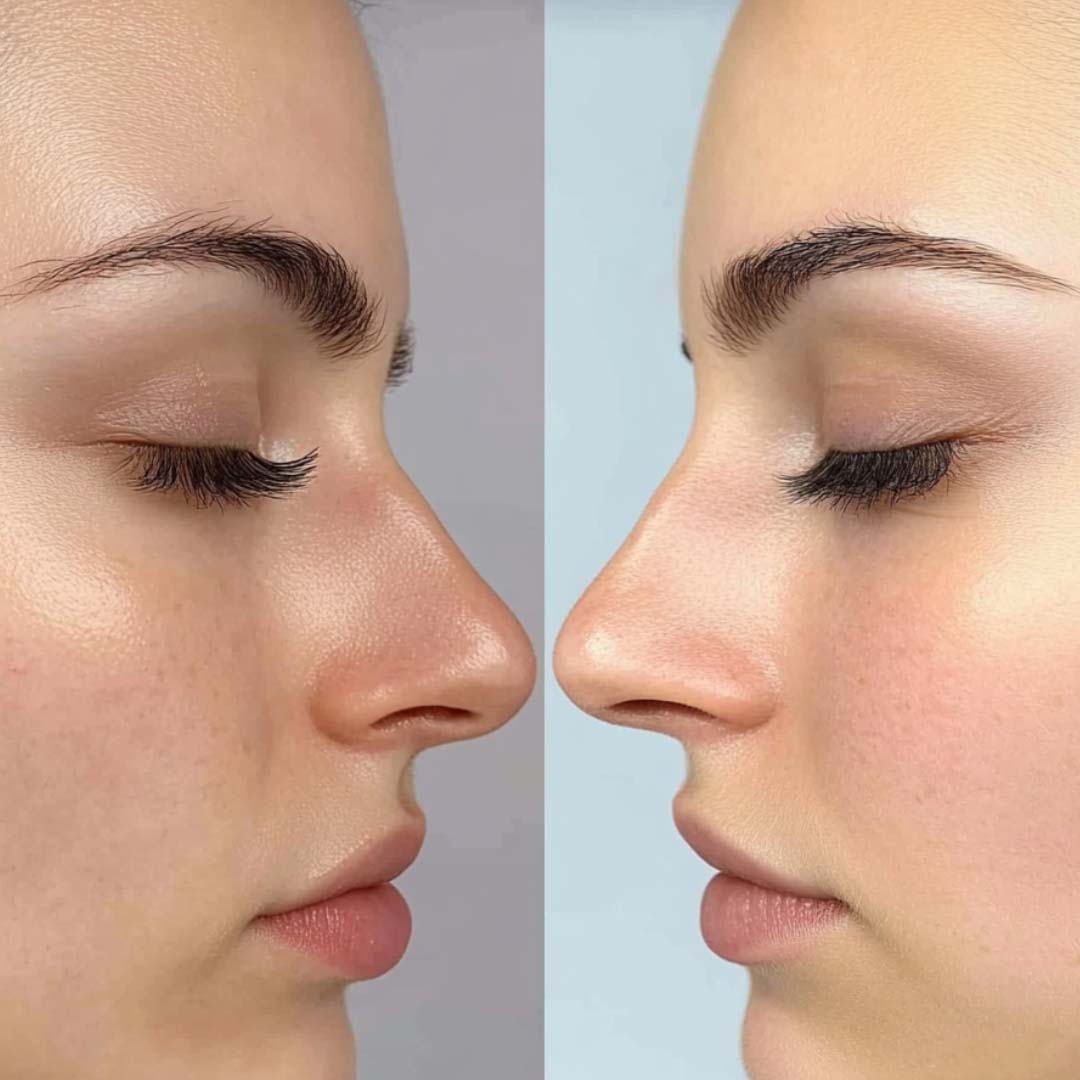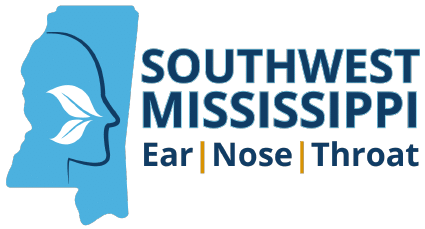At Southwest Mississippi ENT, our experienced team provides expert care for patients with nasal septum deviation and the symptoms that often come with it. Common issues like nasal congestion, breathing difficulties, and general discomfort can be frustrating to manage. Over time, these symptoms may interfere with your quality of life. Using state-of-the-art technology and years of clinical experience, we create personalized treatment plans designed to help you breathe easier and feel your best. Take the first step toward better sinus health, schedule a consultation with our team today.

Deviated Septum Treatment in McComb, MS
We Specialize in Nasal Septum Deviation
What is a Deviated Septum?
What Causes a Deviated Septum?
There are a variety of factors that can cause a deviated septum and the most common include:
- Congenital Displacement: A deviated septum can be present from birth or occur during the early stages of fetal development.
- Injury or Trauma: An injury or trauma to the nose and surrounding area (like breaking your nose) can cause a deviated septum.
- Aging: Aging can cause changes to one’s physical appearance, including the nasal structure.
What are the Symptoms of a Deviated Septum?
A variety of symptoms can present due to a deviated septum. While these symptoms will vary from one person to another, the most common symptoms include:
- Nasal Congestion: The most common symptom of a deviated septum is nasal congestion. A blockage in one or two nostrils makes breathing difficult, which can be very uncomfortable.
- Snoring and Sleep Disturbances: A deviated septum can disrupt one’s airflow, causing noisy breathing patterns and snoring during sleep. This can disrupt not only your sleep but also your partner’s.
- Recurrent Sinus Infections: Disrupted airflow and nasal congestion is the perfect breeding ground for inflammation and frequent sinus infections.

How is a Deviated Septum Diagnosed and Treated?
An ENT specialist can diagnose a deviated septum after a thorough physical examination. An instrument called a nasal endoscope will be used to assess the patient’s nasal passages. Their medical history and the severity of their symptoms will also be considered to ensure an accurate diagnosis, allowing your care provider to determine the most appropriate course of treatment.
Deviated septum treatment varies depending on one’s condition. Mild cases may be easily managed with medications like nasal corticosteroid sprays and decongestants. These can help alleviate the symptoms and discomfort. On the other hand, more severe cases of a deviated septum may require more aggressive interventions. A surgical procedure like septoplasty may be recommended. This procedure will straighten the displaced septum, encouraging improved mucus drainage and airflow.
WHAT TO EXPECT FROM A DEVIATED SEPTUM SURGERY?
A deviated septum surgery, also known as septoplasty, is a minimally invasive procedure that can correct a misaligned septum and may relieve related symptoms. It’s an outpatient procedure that typically takes one to two hours, allowing patients to go home the same day. After the procedure, many patients notice improved airflow and easier breathing.
During the procedure, your care provider will make an incision inside the nose and reposition the septum toward a more natural alignment. Patients may experience relief from breathing difficulties and nasal congestion, although recovery varies. Temporary side effects can include bruising, swelling, and nasal congestion. Once these effects subside, patients often report improved nasal function.
WHAT TO EXPECT FROM A DEVIATED SEPTUM SURGERY?
A deviated septum surgery, also known as septoplasty, is a minimally invasive procedure that can correct a misaligned septum and may relieve related symptoms. It’s an outpatient procedure that typically takes one to two hours, allowing patients to go home the same day. After the procedure, many patients notice improved airflow and easier breathing.
During the procedure, your care provider will make an incision inside the nose and reposition the septum toward a more natural alignment. Patients may experience relief from breathing difficulties and nasal congestion, although recovery varies. Temporary side effects can include bruising, swelling, and nasal congestion. Once these effects subside, patients often report improved nasal function.
Contact Southwest Mississippi ENT Today
At Southwest Mississippi ENT, we are committed to providing comprehensive care designed to help manage symptoms associated with a deviated septum. Our goal is to help patients breathe more comfortably and improve their day-to-day well-being. If you’re ready to take the next step toward better sinus health, our experienced team is here to help. Schedule an appointment with us today and start your journey toward better breathing and symptom management.

